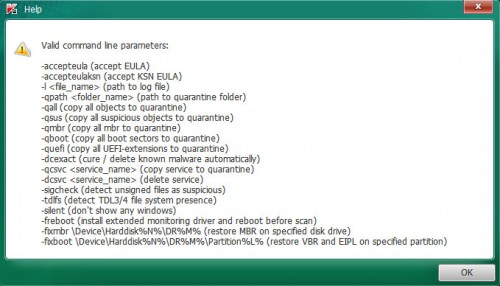

We clicked Change Parameters, which let us select or deselect both Services and drivers and Boot sector for scanning (both are selected by default). That's what we expected it to find, but it's still a relief to see a clean report. TDSSKiller scanned 445 objects in our system in 13 seconds and found zero threats. But the interface also describes what TDSSKiller targets, including a variety of known rootkits as well as rootkit-like anomalies, among them Sinowal, Stoned, Whistler, Trop, Cmoser, Pihar, and others, with new threats added by updates. The tool's interface is about as simple as they come: one big Scan button, plus buttons to Change Parameters, view a Report, and Close the program.

This involved downloading and extracting a completely new copy of this compact, portable app, but that probably took less time than most ordinary updates.
#What is tdsskiller update
Kaspersky strongly advised downloading the update before we scanned our system we strongly agreed. We extracted and ran TDSSKiller, which immediately found an available update. It targets malware where it lurks, including boot records. TDSSKiller by Kaspersky Labs can find and remove rootkits, either in Normal Mode or Safe Mode. Rootkits burrow into the roots of your Windows operating system, hiding and intercepting Windows API functions, often modifying them for their own purposes, which are seldom benign. This is a great and handy tool which is free to use. A rootkit for Windows systems is a program that penetrates into the system and intercepts the system functions (Windows API). Download Kaspersky TDSSKiller - Kaspersky Lab has developed the TDSSKiller utility that allows removing rootkits.


 0 kommentar(er)
0 kommentar(er)
